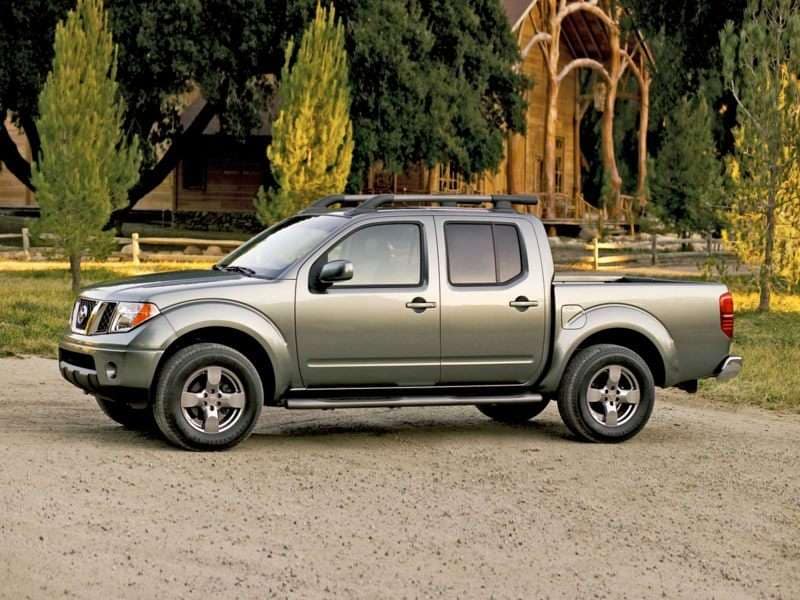Recent Articles
Popular Makes
Body Types
Top 10 Affordable Practical Vehicles
You don't need an expensive SUV to be practical
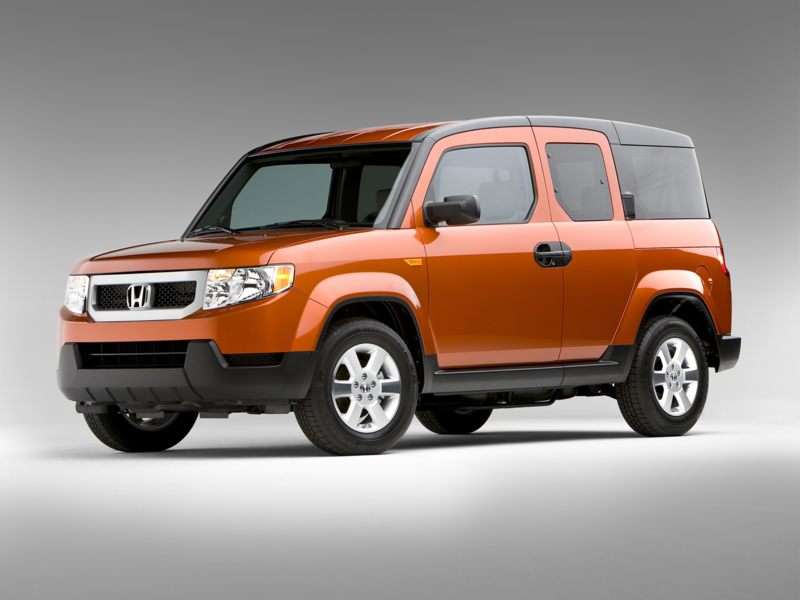
For the weekend warriors that need to get projects done by hauling around people and cargo and generally living a productive life in society, practical vehicles are worth their weight in gold. We've assembled a list of some of the most pragmatic and functional vehicles that you can purchase for around $20,000. There's a little something for everyone, including, vans, wagons, trucks, crossovers and even some compact cars. So whether you are heading to band rehearsal, doing home improvement, taking a trip or helping someone move, you'll be able to find something you can drive everyday and get the job done. Photos courtesy of respective manufacturers
2011 Ford Transit Connect
It used to be that if you wanted to drive a cargo van around as your main transportation, you'd have to be a workaholic or a weirdo. Then Ford unleashed the economical and practical Transit Connect onto America's shores. This quirky, European-styled van is the perfect fit for the small business owner or project obsessed DIYer. It's packed with 180º opening rear doors, a 6' x 4' cargo floor, and 59" cargo height. The Transit Connect XL has basic amenities like air conditioning, tilt/telescoping steering, and a stereo with auxiliary input, but you have to step up to the XLT for a second-row bench seat. You won't want to be carrying too many passengers to stress out the 138-hp, 2.0-liter engine, though. It may be worth the vehicular obscurity to enjoy the massive flexibility, frugal fuel economy and nimble handling (39' turning radius) of the Transit Connect. Maximum Cargo Space (cu. ft.): 135 Passenger Volume (cu. ft.): 65 Fuel Economy (city/hwy): 21/26 MSRP: $21,200
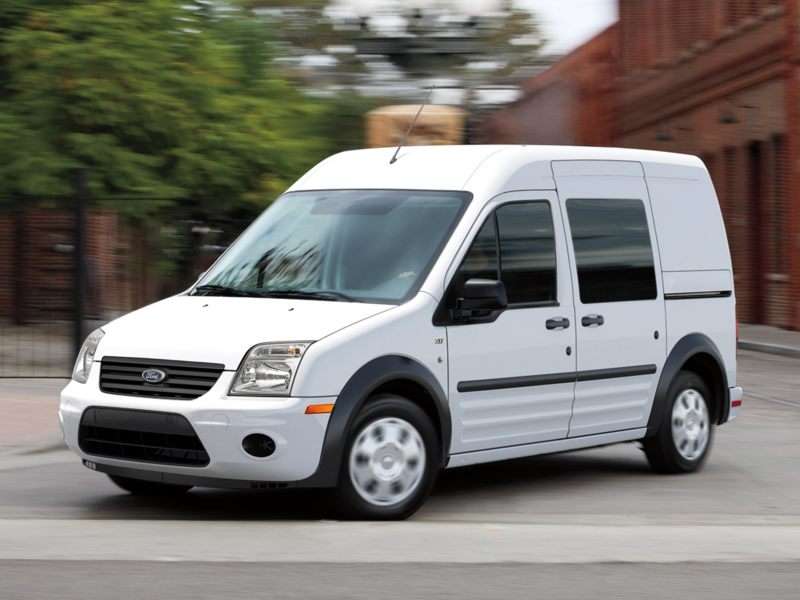
2010 Honda Element
Honda's Element is a practical car buyer's dream come true. Making functionality a top priority, Honda has done some packaging magic into their boxy Swiss Army knife. The LX trim has urethane utility flooring that can be hosed down, moisture-resistant seats, folding and removable rear seats and a generous offering of comfort and convenience features. The Element's power comes from a 2.4-liter engine with 166-hp mated to a 5-speed manual transmission. Other nifty features are the sneaky rear-hinged side doors, clamshell tailgate and storage of the removable rear seats on the sides of the cargo area. The only downsides are merely four person capacity and quirky styling, but you can't argue with the value and versatility by the bucketful in the Honda Element. Maximum Cargo Space (cu. ft.): 75 Passenger Volume (cu. ft.): 104 Rear seat leg room (in.): 39.1 Fuel Economy (city/hwy): 20/25 MSRP: $20,525
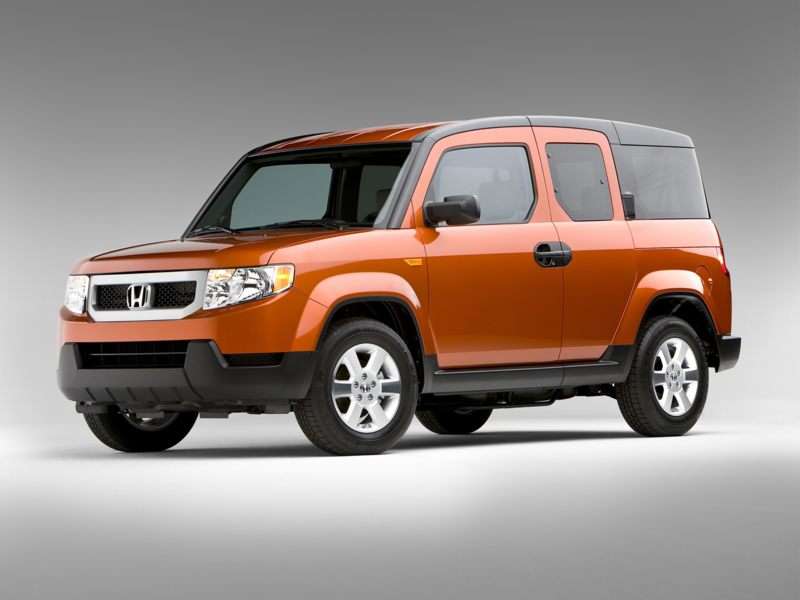
2011 Kia Sorento
The Kia Sorento is a midsize crossover that plugs a lot of content and flexibility into Kia's low cost formula. The base trim is well equipped with a 6-speed manual, 17" alloy wheels, full power accessories and air conditioning. The icing on the content cake is technology like Bluetooth, CD/MP3 player, satellite radio capability and a USB audio input. The Sorento's performance shines with a 175-hp 2.4-liter engine, good braking and a strong list of safety features. Hauling cargo is made easy with the 50/50-split rear seats and relatively flat cargo floor. More sophisticated than the Honda Element, the Kia Sorento may strike the perfect balance of people mover and payload multi-tasker. Maximum Cargo Space (cu. ft.): 73 Passenger Volume (cu. ft.): 106 Rear seat leg room (in.): 37 Fuel Economy (city/hwy): 20/27 MSRP: $19,995
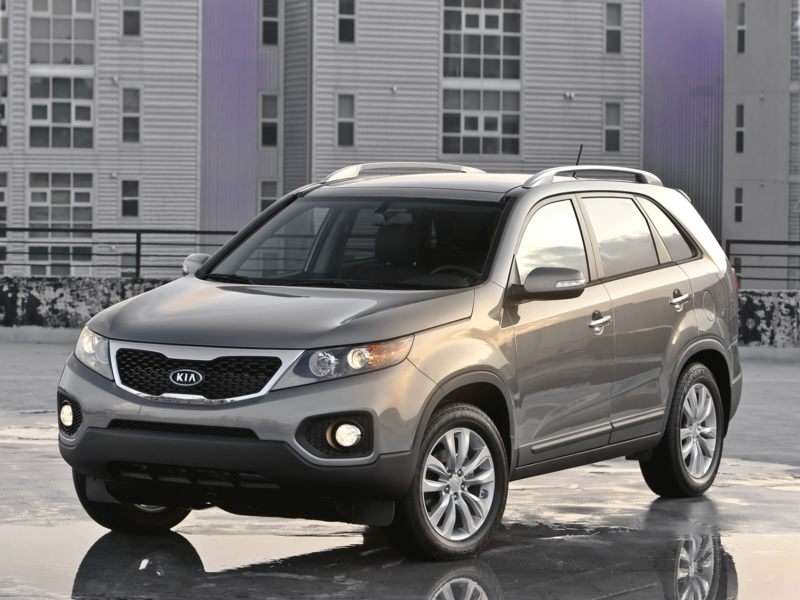
2011 Scion xB
The 2nd-generation Scion xB shed the skin of the ultra-boxy, original xB, and traded some of the funk for bigger size, more mainstream design and mechanical maturity. The single-trim xB is packed with air conditioning, full power accessories, cruise control and a 6-speaker CD audio system with USB and auxiliary audio inputs. Toyota borrowed the Camry's 2.4-liter engine to give a much improved 158-hp hustled through either a 5-speed manual or 4-speed auto/manual. Maximum cargo capacity is good for the xB's size and the interior has pockets and compartments for all kinds of knick-knacks. The Scion xB delivers lots of space, decent power and impressive practicality, while claiming the second-lowest price on this list. Maximum Cargo Space (cu. ft.): 69.9 Passenger Volume (cu. ft.): 101 Rear seat leg room (in.): 38.0 Fuel Economy (city/hwy): 22/28 MSRP: $16,000
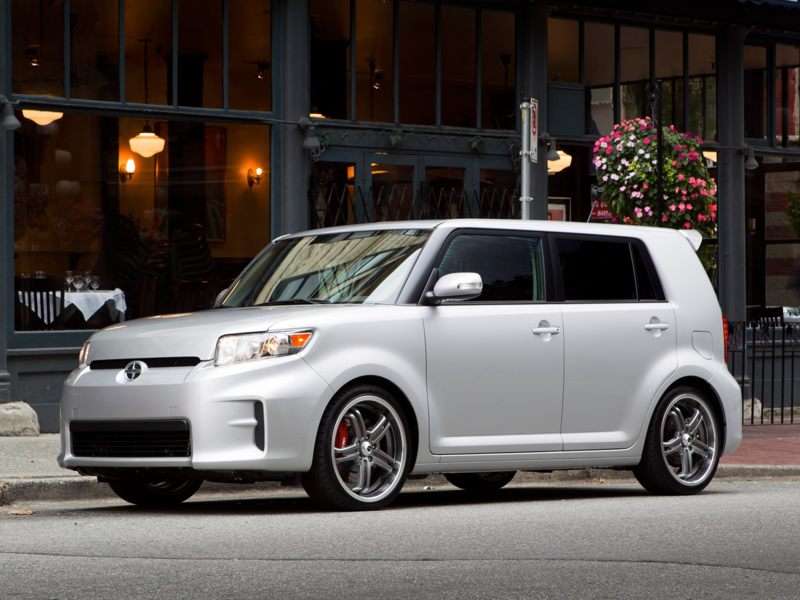
2011 Volkswagen Jetta SportWagen
If you need more refinement in you A-to-B transportation, look no further than the VW Jetta Sportswagen. It's a relatively upscale, European wagon that has great build quality, good size and well thought out practicality. The S trim features 60/40-split rear seats, heated front seats with 8-way adjustment, 8-speaker audio system and the full alphabet soup of safety technology. Powered by a 170-hp, 2.5-liter engine, the Jetta SportWagen exhibits good handling, a quiet ride and enjoyable steering feel. Your cargo will love the 67 cu. ft. of space, assortment of storage compartments and roof rails for exterior cargo demands. To sweeten the deal, VW throws in no-charge scheduled maintenance included in the purchase price. It's a great way to enjoy maximum versatility while keeping your hands clean. Maximum Cargo Space (cu. ft.): 67 Passenger Volume (cu. ft.): 92 Rear seat leg room (in.): 35.5 Fuel Economy (city/hwy): 23/33 MSRP: $19,825
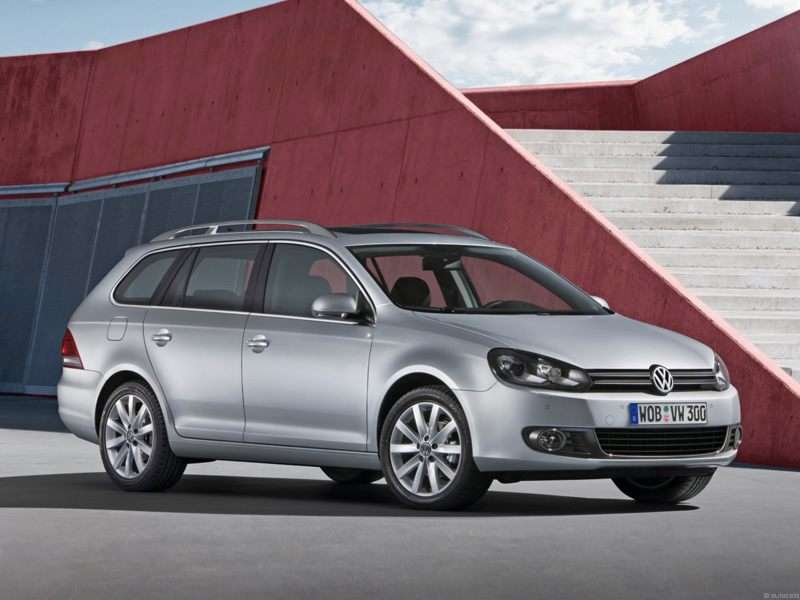
2011 Nissan Versa Hatchback
The Nissan Versa Hatchback practically defines cheap, flexible, A-to-B transportation and lives up to its versatility-inspired name. In 1.8 S Hatchback trim, you get air conditioning, power mirrors, 60/40-split rear seats, a rear window wiper and a CD changer audio system. Power is only adequate with 122-hp coming from its 1.8-liter, 4-cylinder engine. What make this package appealing is the cavernous cargo space (for a compact car) and the variety of thoughtful storage compartments. In addition, the low entry cost may allow you to upgrade to packages that include navigation and other technology features. If you are looking for a vehicle that is very inexpensive and small-sized, but can deliver the goods with versatility, look no further than the Nissan Versa. Maximum Cargo Space (cu. ft.): 50.4 Passenger Volume (cu. ft.): 95 Rear seat leg room (in.): 38.0 Fuel Economy (city/hwy): 26/31 MSRP: $13,520
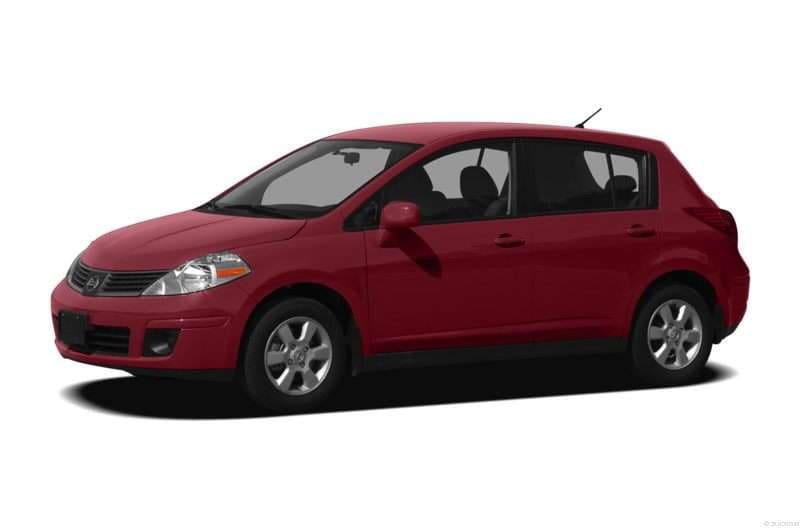
2010 Toyota Matrix
The Toyota Matrix is a compact wagon based on the top-selling Toyota Corolla, offering functionality, value, and reliability. The base version treats you to power mirrors, air conditioning, tilt/telescoping steering wheel and a CD audio system with auxiliary audio input. There is a decent 132-hp from the 1.8-liter engine and strong fuel economy of 26 mpg city / 32 mpg highway. Some may not go for the edgy, Japan-tech interior, but you can't dismiss the convenience of hard plastic rear seatbacks, tie-downs, and a very flat cargo floor with non-slip rubber inserts. With the front passenger seat folded flat, a maximum of 61.5 cu. ft. of cargo space is achieved. All-in-all, the Matrix can play a myriad of passenger and cargo transportation roles that appeal to a very wide cross-section of consumer lifestyles. Maximum Cargo Space (cu. ft.): 49 Passenger Volume (cu. ft.): 94 Rear seat leg room (in.): 36.2 Fuel Economy (city/hwy): 26/32 MSRP: $16,700
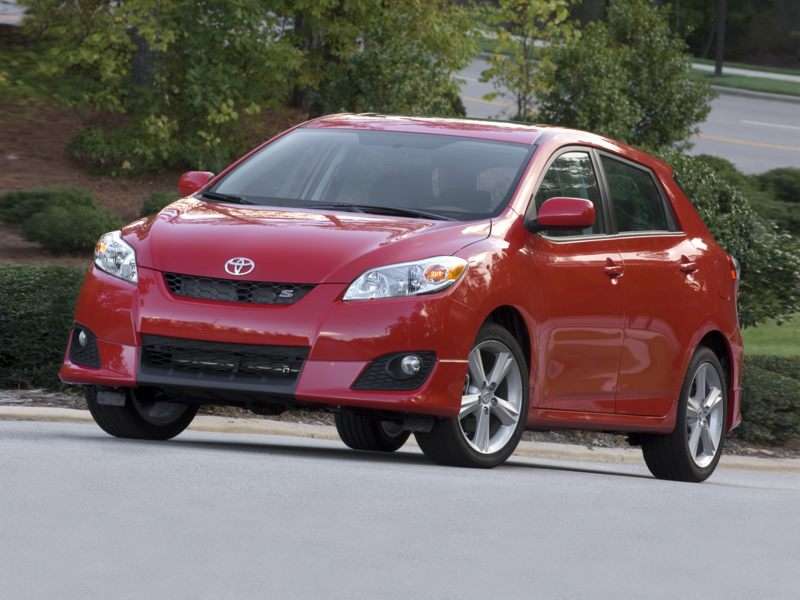
2010 Mazda5
As dinosaurs like the giant SUVs of North America continue to meet their demise, the case for the Mazda5 becomes increasingly enticing. Compared to full-sized minivans, the Mazda5 is cheaper, more maneuverable and has better MPG to move your stuff or up to 6 passengers. The Sport trim generously includes automatic climate control, full power accessories, 17" alloy wheels, and a 6-speaker audio system with auxiliary input and steering-wheel-mounted controls. The feisty 2.3-liter engine puts out an acceptable 153-hp and nets 22 city / 28 highway fuel economy. Dual sliding side doors open to a generous 27.6", underseat storage for the 2nd-row seats, fold-out 2nd-row center console, and underfloor storage in the cargo area give a lot of utility to this SUV buster. The folding 2nd-row doesn't allow for a completely flat cargo floor, but the flexible passenger and cargo capabilities keeps the Mazda5 Sport poised for success now and in the future. Maximum Cargo Space (cu. ft.): 44.4 Passenger Volume (cu. ft.): 142.1 2nd-row seat leg room (in.): 35.2 Fuel Economy (city/hwy): 22/28 MSRP: $18,510

2011 Toyota Tacoma Access Cab
When it comes to practicality, you have to give a good, long look at the modern truck. Toyota trucks started off as cute, peppy pickups that matured into exceedingly reliable and comfortable transportation. The Toyota Tacoma Access Cab give the basics of air conditioning, tilt steering wheel, power accessories and 6-speaker audio system with auxiliary audio input. A sturdy, 154-hp 2.7-liter engine working with a standard 5-speed manual transmission powers the Tacoma. Versatility starts outside with a bed liner, integrated bed rail system, and four tie-down cleats, continuing inside with rear bench seat with underseat storage and lots of cup and bottle holders. Additionally, top safety scores, decent rear legroom and better body styling than the plain Jane standard cab make the Tacoma practically a no-brainer. Bed Length (ft.): 6.1 Passenger Volume (cu. ft.): 89 Rear seat leg room (in.): 28.2 Fuel Economy (city/hwy): 21/25 MSRP: $19,655
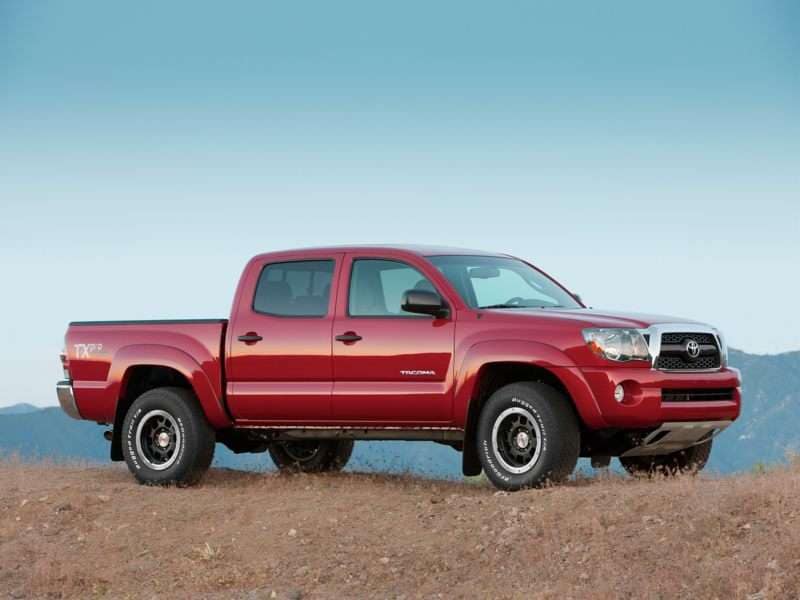
2010 Nissan Frontier XE King Cab
The Nissan Frontier is less refined than Toyota's Tacoma, but over-engineered to tackle the tough jobs both urban and rural living can require. You can get a stripped-down Frontier XE King Cab that has no air conditioning or radio, or add both with the XE Preferred Package. A run-of-the-mill 2.5-liter engine outputs 152-hp and 171 lb. ft. of torque. Standard features include front bucket seats, rear underseat storage, cup holders and door storage. There is a strong list of accessories from Nissan that can provide bed liners, dividers and extenders as well as towing equipment. While not as sophisticated as the Tacoma, the Nissan Frontier can take a beating and keep coming back for more. Bed Length (ft.): 6 Passenger Volume (cu. ft.): 88 Rear seat leg room (in.): 25.4 Fuel Economy (city/hwy): 19/23 MSRP: $17,450
